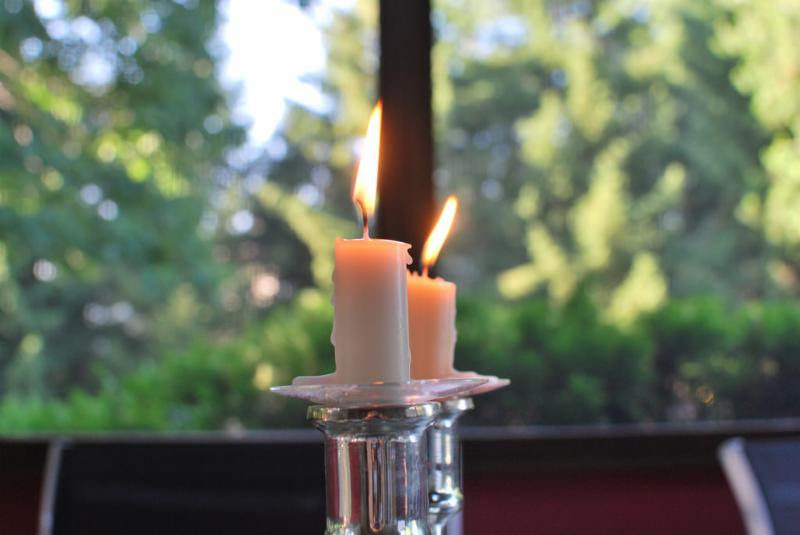
I just received the email from Rabbi Larry Milder of Beth Emek in Pleasanton. It SPOKE to me. I wanted to share this with all of you. If, after reading this, you want to hear Rabbi Milder’s sermon Dec. 24th about the roots of Judaism and Christianity, you can watch on the synagogue’s website here.
From the Rabbi:
Perhaps there is no other time of year that so potently presents the question of how much Jews have in common with, or differ from, those of other faiths. The similarities and differences between Judaism and Christianity are the most salient of these questions, but, of course, only a point of entry into the broader question of the Venn diagram of religious beliefs.
We do ourselves a disservice when we reduce religion to a few symbols. Christmas trees and menorahs do not really speak for either Christianity or Judaism. The more intensely we focus on the symbols, the more we are distracted from beliefs.
This is not to say that we should ignore the proper, and improper, place of religious symbols. There is such a thing as the wrong place and time, too much appropriation of public space for the display of religious symbols, and too much assumption that the faith of the majority is somehow the acceptable common ground.
But these things are not what Judaism, and, I dare say, Christianity are all about.
Symbols may point in the direction of belief, and when we pretend that they do not, we ignore the very potency of symbols.
But being Jewish is fundamentally a way of seeing the world, a way of acting, an awareness of holiness and a sense of obligation. The deeper question, in a season when so many religious traditions are simultaneously being observed, is whether this religious framework is essentially the same or different from those embraced by other faiths.
It is incumbent upon us to reach deep, to strive for a degree of religious nuance and sophistication. We may share some beliefs across religious lines, and, at the same time, find ourselves in a profoundly different, unique, and beautiful spiritual space that is all our own.
To appreciate another faith is to know where that common ground exists, and, at the same time, to recognize the differences. That is real respect: not a desire to reduce all faith to the least common denominator, but to acknowledge diversity and embrace the particular within the universal.
On December 24, I will take a deep dive into one aspect of the nuanced difference, and common roots, of Judaism and Christianity. I invite you to join us for Shabbat that evening, which, as it so happens, is approximately when our Christian neighbors prepare to enter into their own holy time. Same time; different channel.
Rabbi Larry Milder